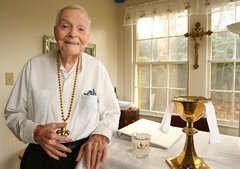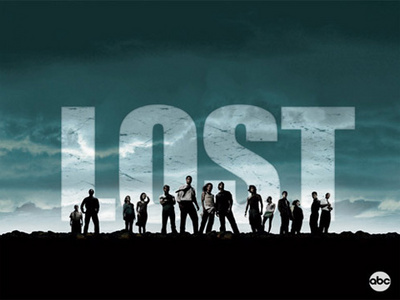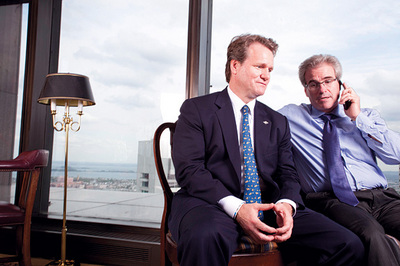
When I was growing up in Rockville, Maryland in the 1960s, there was a a large patch of farmland nearby that was owned by a family named Hannan. Part of the land was sold off for a subdivision — the main street through the development is now called “Hannan’s Way” — but the rest was donated to the Archdiocese of Washington with two conditions: it would be used for a church, and the church would be named for the family patriarch, Patrick.
That was how I came to grow up in a new parish, St. Patrick’s, where I first served as an altar boy some 40 years ago. And that was how I also developed an unusual connection to another member of that storied family, the legendary Archbishop of New Orleans, Philip Hannan. He was in Rockville for the dedication of St. Patrick’s in the late 1960s, along with another legend, (and another Patrick) Washington’s Archbishop O’Boyle.
Philip Hannan has enjoyed one of the more colorful episcopal careers — one tied inextricably to one city, and one sport.
Now nearing 100, he’s just been profiled in the hometown paper:
“The Archbishop Wore Combat Boots.”
It’s a new book, the life story of Philip Hannan, who went from serving as the parachute-jumping chaplain of the 82nd Airborne Division in World War II, to the “say-a-prayer-for-us” chaplain of the New Orleans Saints during their journey from pro football’s laughingstock to Super Bowl champions.
It’s the story of someone who grew up an avid baseball fan of the Washington Senators, who gave the eulogy at the funeral of his friend, President John Kennedy, before arriving here in 1965, on the winds of Hurricane Betsy, then later found himself, wearing overalls and his old combat boots, offering help and comfort to hundreds following visits by Hurricanes Camille and Katrina.
At 97, Archbishop Hannan is still with us, perhaps the only living member of a fan club that rooted for Hall of Fame pitcher Walter Johnson.
“They called him ‘The Big Train’ because he was so fast and overpowering,” Archbishop Hannan recalled. “One sports writer wrote he could throw three strikes at a time. He was my hero. When I was 11, I wrote him a letter, praising his pitching and sportsmanship. When he sent back a quick response, I couldn’t believe it. He wrote: ‘Dear Philip, I’m very grateful for your kind letter and appreciate your support.'”
In the seventh game of the 1924 World Series against the New York Giants, Hannan was in the stands at Griffith Stadium, watching Johnson come in to pitch four scoreless innings in relief to close out the championship.
“It was one of the greatest days of my young life,” he said. “I remember my dad say batters, hampered by nightfall, saw only his release, not delivery. They knew they struck out only after hearing the ball pop into the catcher’s mitt.”
It didn’t take baseball fanatic Philip Hannan long to realize, when it came to sports, New Orleans was a different cup of tea.
“As a religion,” he said, “I found out football ranked just behind Catholicism.”
Check out the link for more.

